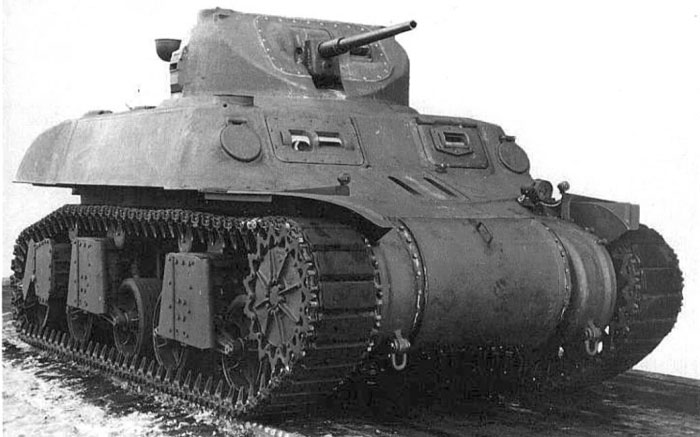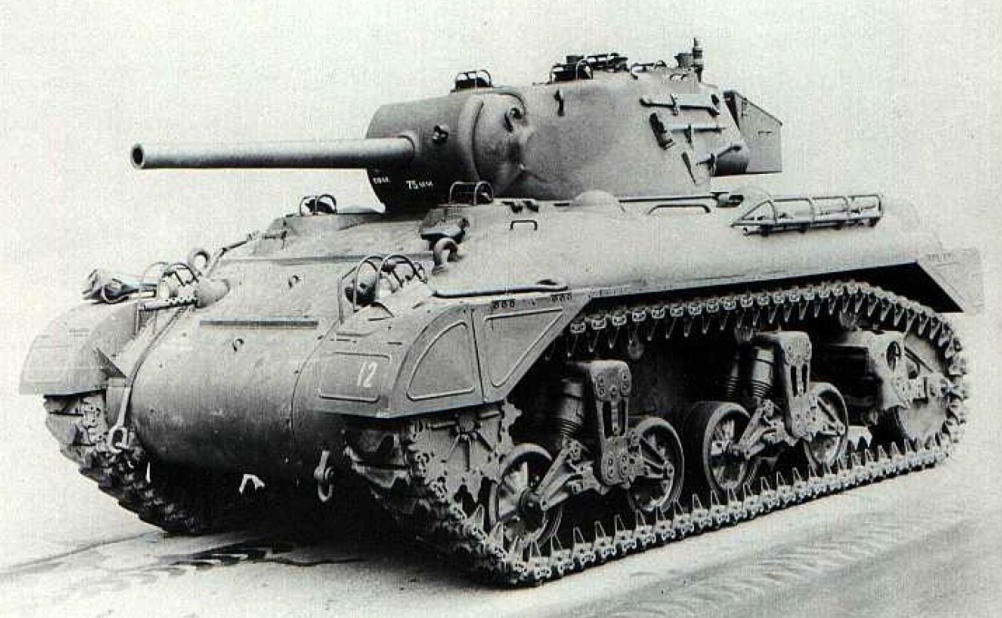Allied Forces Operation Chariot
Force Z Admiral Kimmel commanding (destination Bretagne coast near Brest)
BB West Virginia (Adm Kimmel), Maryland, New Mexico, Mississippi, California, Nevada, (R Adm Bagley), CL Philadelphia (R Adm Theobold screen commander), DD Phelps, Worden, Aylwin, Dale, Farragut, Monaghan
Plus 12 RN MTB
Force Y Admiral Pye commanding (destination approaches to St Nazaire)
BB Idaho (Adm Pye), Oklahoma, RN BB Revenge (R Adm Stuart Bonham Carter), Ramilies, Resolution, CL Phoenix (R Adm Hewitt, screen commander), Porter, Drayton, Flusser, Lamson, Mahan, Cushing,
Plus 12 RN MTB
Force M (minesweeping force) (Brest approaches)
8 RN minesweepers, covered by 4 RN L class destroyers, CL Dido
Force N (minesweeping force) (St Nazaire approaches)
8 RN minesweepers, covered by 4 RN L/M class destroyers, CL Scylla
Force W Vice Admiral Aubrey Fitch (carrier force)(150 miles west of Brittany in Celtic Sea)
CV Yorktown, RN CV Victorious, RN CL Charybis, USN CL Helena, Brooklyn, Philadelphia, Phoenix USN CA Wichita (R Adm Giffen screen commander)
DD McDougal, Winslow, Moffett, Sampson, Davis, Jouett, Somers, Warrington
Available aircraft: 27 F4F-3 Wildcat, 18 TBD, 36 SBD Dauntless, 30 Fulmar, 6 Albacore plus 10 SOC floatplanes aboard USN cruisers
Force Y (carrier force) V Adm Neville Seyfriet commanding (also commands Force W) (150 miles west of St Nazaire in Bay of Biscay)
CV Wasp (R Adm Cooke USN commanding air), RN CV Ark Royal, RN BC Renown, RN CL Nigeria, Kenya, Manchester, USN CA Quincy, Tuscaloosa, RN DD Ashanti, Intrepid, Icarus, Foresight , Fury, Derwent, Bramham, Bicester, Ledbury, Pathfinder, Penn (RN ships drawn from Force H) (R Adm Burrough RN commanding screen)
Available aircraft: 27 F2A Buffalo, 18 TBD, 18 USMC F4F-3 Wildcat, 18 Devastator VB, 18 Fulmar, 36 Swordfish
Additional support: 4 sloops, 2 ocean going tugs near Penzance
Fighter cover: 120 RAF fighters (able to reach Force W, and the tugs, but nothing else)
Coastal Command strike force:
(from RAF Coastal Command) 60 Beaufort, 40 Beaufighter, 40 Blenheim fighters (also provides cover to Force Y) also 20 Hudson for ASW patrol and reconnaissance

